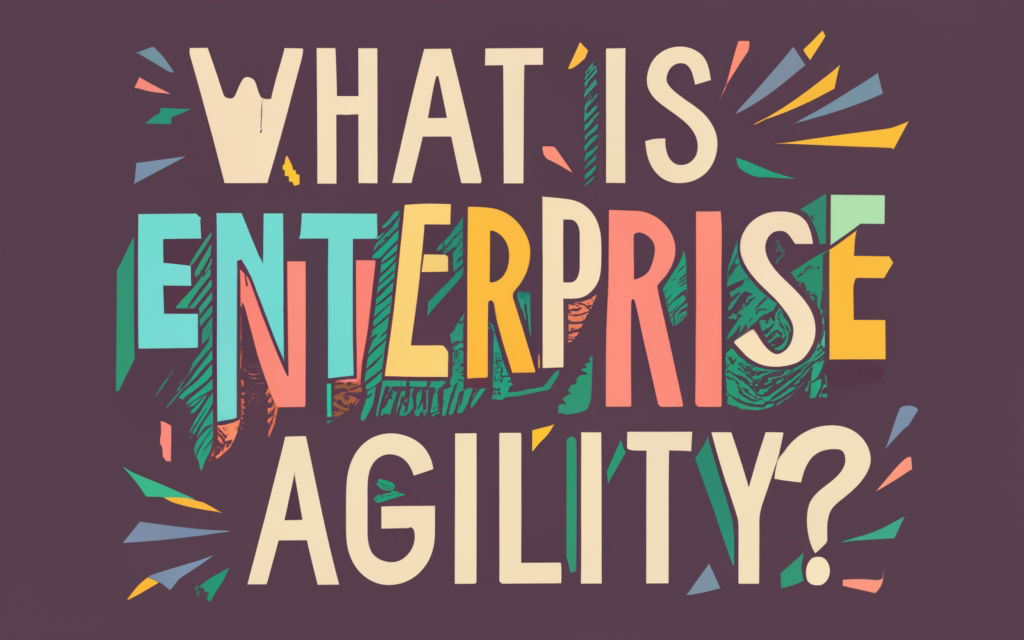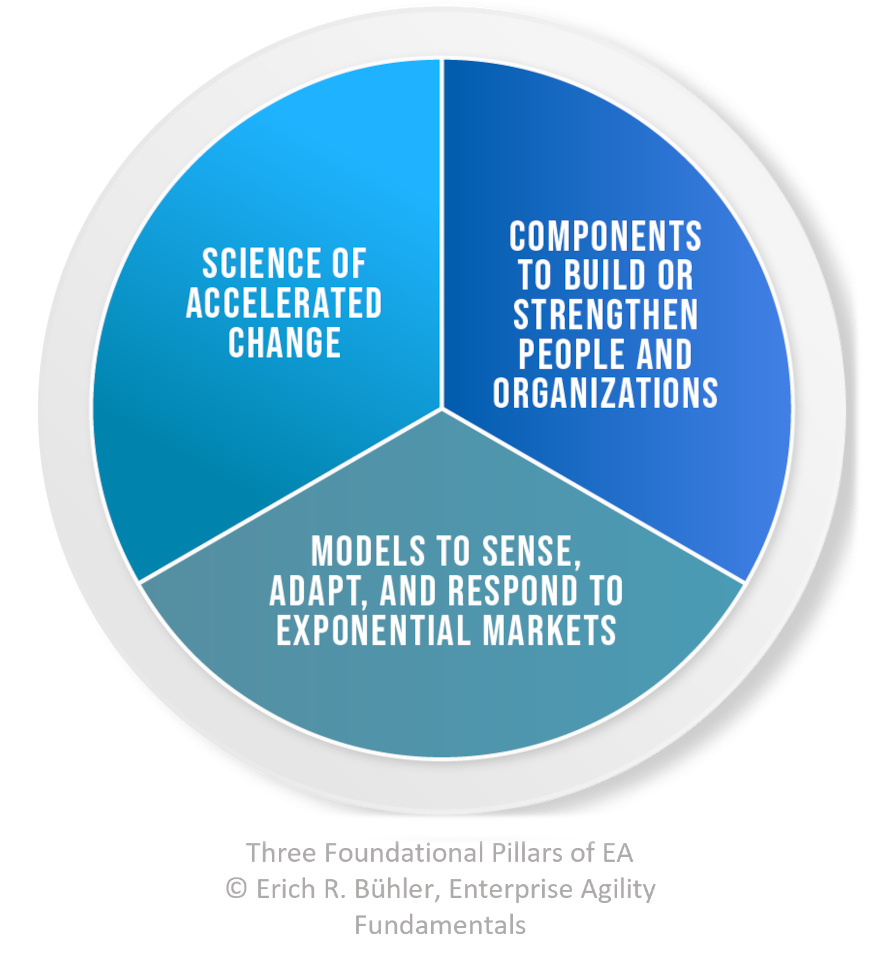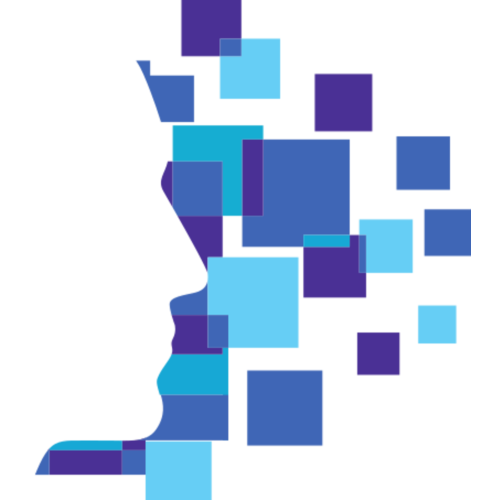At its core, Enterprise Agility is about making adaptability a sustainable way of working that collectively activates human potential across the organization.

It focuses on building resilience and innovation through empowered partnerships and new ways of working that integrate new ideas, theories, and practices with the power of AI.
Enterprise Agility represents a new generation of thinking and models to help organizations thrive amid accelerated change.
Enterprise Agility Purpose (EAP) is making adaptability a holistic and sustainable way of working that collectively activates human potential across organizations to foster resilience and innovation. (Enterprise Agility University)
Enterprise Agility provides a holistic framework to cultivate organizational resilience, adaptability, and collective intelligence amid accelerating disruption. It equips leaders with new mental models, capabilities and tools specifically tailored to navigate uncertainty and exponential growth environments through its 3 foundational pillars.

Enterprise Agility evolves agility from a customer-centric view to an enterprise-wide strategic capability and new models focused on continual reinvention. It balances technology integration and human empowerment (the Science of Accelerated Change) for an integrated approach to transformation.

The emphasis on shared progress fosters cultures characterized by trust, transparency and collective purpose. With Enterprise Agility, companies can future-proof themselves, putting them in a better position to lead and shape their industry rather than purely react. In essence, Enterprise Agility equips leaders with the mindsets and tools needed to steer through ambiguity and harness disruption for strategic gain.
Comparing EA and SAFe Framework
Enterprise Agility and SAFe framework both offer valuable tools for scaling agility in large organizations but take different philosophical approaches. They are complementary rather than competing alternatives when guiding clients.
While SAFe provides a more prescriptive structure for coordinating product development across large teams, Enterprise Agility focuses on cultivating a learning mindset across the entire organization to embrace uncertainty during accelerated change. SAFe offers specific roles, events, and flow optimization methods. Enterprise Agility provides principles and models to transform leadership and culture and activate collective human potential during accelerated change.
SAFe orients teams around delivering end-to-end customer solutions. Enterprise Agility balances customer, company, and workforce wellbeing (TriValue Company model). While SAFe can deal with product disruption, Enterprise Agility can deal with product and business model disruption.
Fundamentally, SAFe maintains a product development flow focus while Enterprise Agility favors adaptable human systems. Both enable greater responsiveness, but Enterprise Agility explicitly prepares organizations for exponential technological and social changes that could reshape entire industries. That is why we say that Enterprise Agility is not a framework but an ecosystem.
Comparing EA and Scrum Framework
The Scrum framework outlines specific roles, events, and practices focused on enabling agility in software and product development environments. It provides a structure for delivering faster, with transparency and flexibility to adapt to changing customer needs. The emphasis is on streamlining development workflows, not necessarily whole business model or enterprise adaptability.
Enterprise Agility takes a broader view focused on organizational resilience amid exponential change that could disrupt entire industries. Rather than product development velocity, it emphasizes activating collective human potential through new leadership principles and scientific models that transform mindsets.
Enterprise Agility provides guidance like the EABOK, Enterprise Dynamics frameworks, and the sustainability zones to assess and systematically build enterprise-wide capabilities. The emphasis is on continuity during uncertainty, while Scrum boosts the development team
Scrum provides development with meaningful speed, focus, and visibility. Enterprise Agility cultivates adaptive leadership and an empowered culture prepared for exponential change. Like flying a plane, you need effective engines and a capable pilot. Bringing Scrum and Enterprise Agility together supports both for an agile enterprise.
